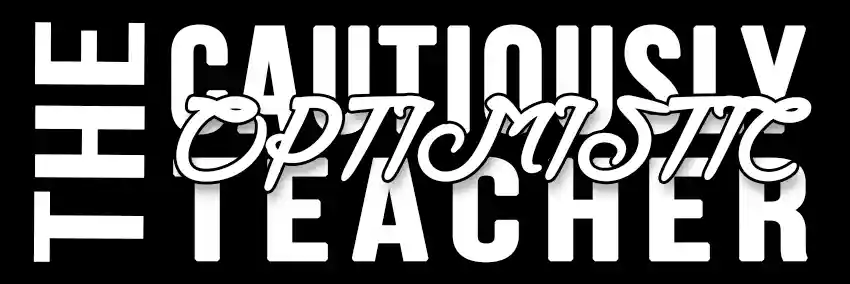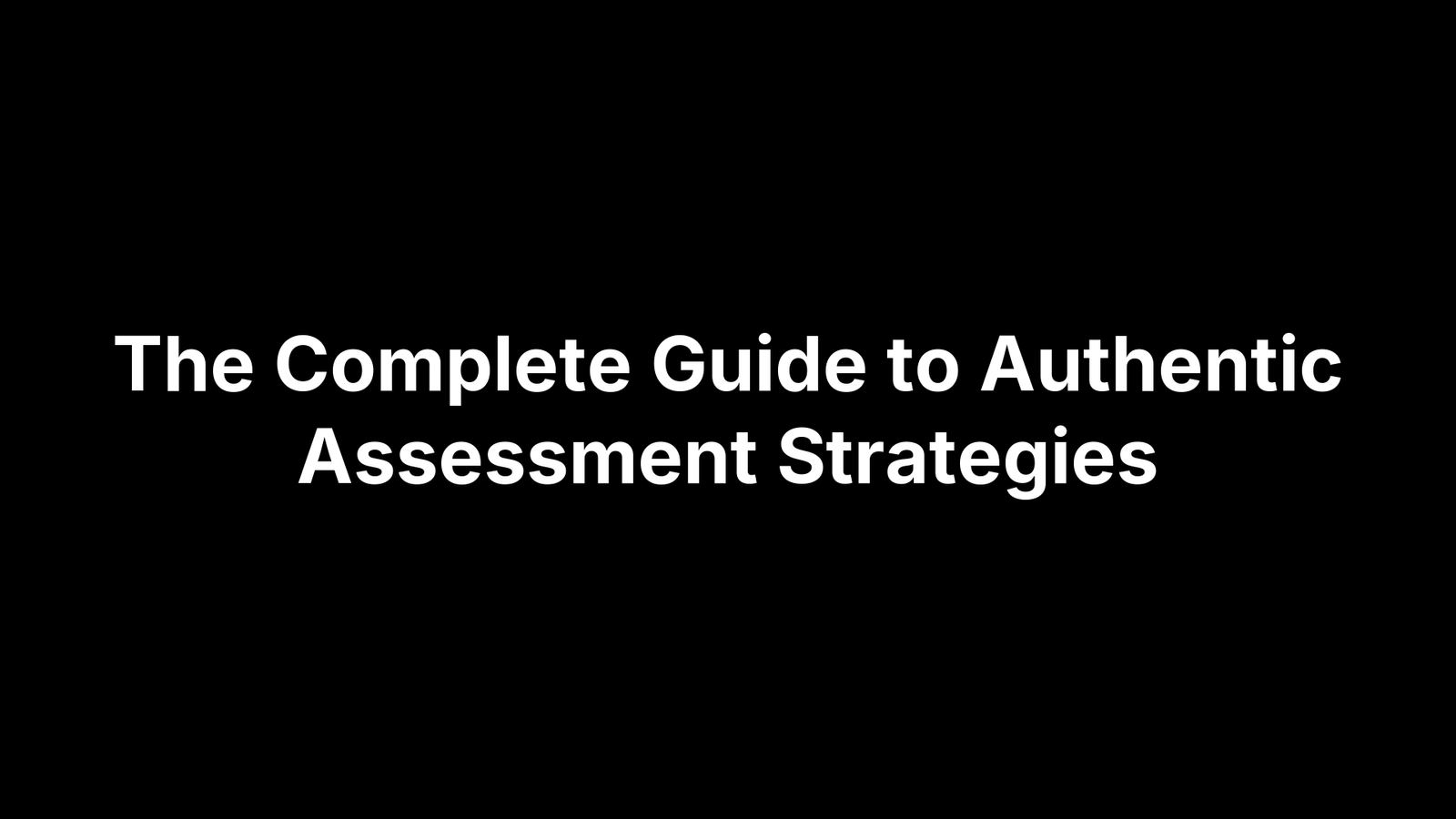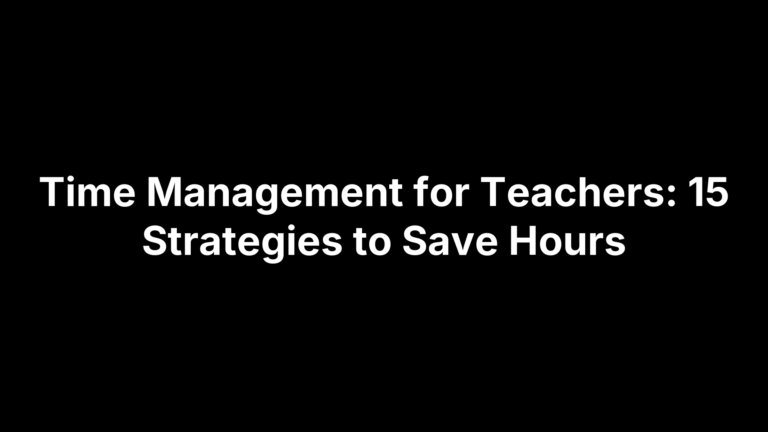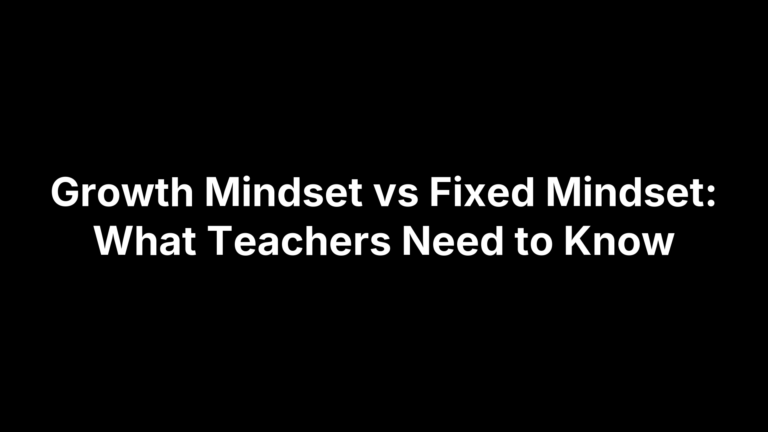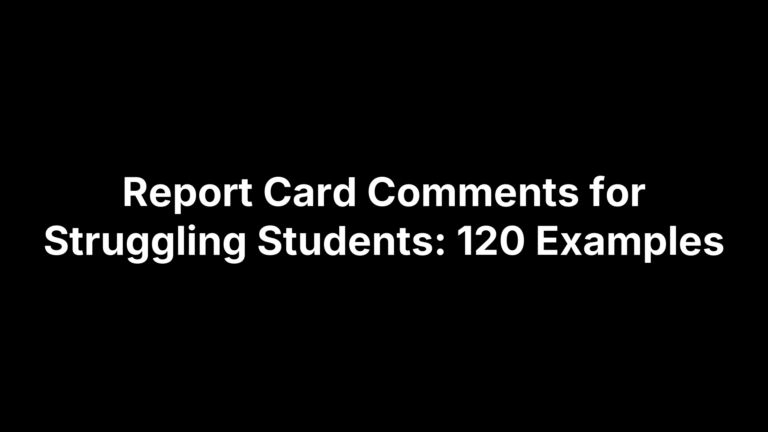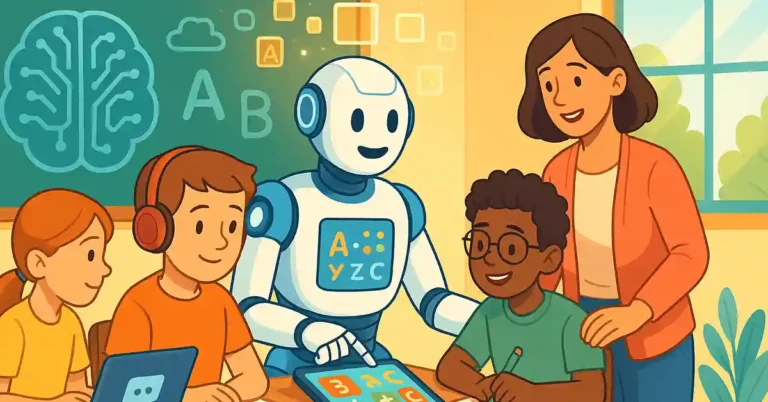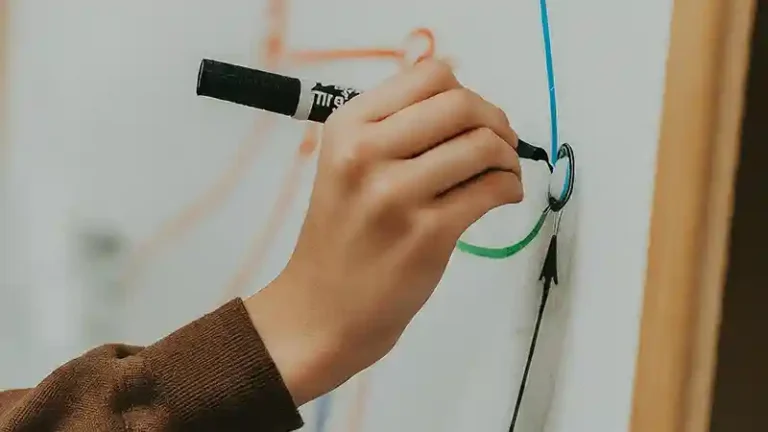The Complete Guide to Authentic Assessment Strategies
Authentic assessment asks students to apply what they know to a real task—think podcasting a civil-rights case instead of bubbling answers—and the pages ahead give you plug-and-play strategies you can launch tomorrow morning.
Why now? AI tools answer recall questions in seconds, hiring managers care more about skills than GPAs, and disengaged learners crave work that feels meaningful. When assessment mirrors real life, students wrestle with nuance, uncover patterns, and build portfolios that actually impress the next gatekeeper.
First we ground the concept with clear examples, then walk through task design, rubrics, and differentiation, followed by classroom roll-outs, feedback hacks, fixes for common snags, and a rapid-fire FAQ so you can keep momentum. Stick around—your next great assessment starts here.
What Authentic Assessment Means (and Why It Outperforms Traditional Tests)
Authentic assessment asks learners to use knowledge for a consequential purpose—drafting a city-council brief, coding a game, recording a bilingual PSA—rather than reciting facts. Research shows such tasks heighten motivation, deepen retention, and develop portable skills, making them a core driver of effective authentic assessment strategies.
Authentic vs. Traditional Assessment
| Feature | Authentic | Traditional |
|---|---|---|
| Purpose | Solve/communicate real problem | Confirm recall |
| Task | Open-ended product or performance | Selected response |
| Feedback | Iterative drafts | Single score |
| Cognition | Analyze–Create | Remember–Understand |
| Student Role | Producer, evaluator | Test-taker |
Last week my 8th-graders either wrote a climate-policy memo (authentic) or took a chapter quiz (traditional). Memo writers quoted data, revised twice, and argued passionately; quiz scores told me who had crammed.
Evidence of Impact on Student Learning
- Wiggins 1990, Newmann & Wehlage 1993, and Herrington 2006 found authentic tasks increase critical thinking, retention, and engagement by 20-40 %. Studies are small but consistent across subjects.
Alignment With Standards and 21st-Century Skills
Authentic projects still hit state benchmarks: an ELA standard on argumentative writing + collaboration easily maps to a student-produced podcast debating renewable energy—meeting the standard and the “4 Cs” demanded by modern workplaces.
Core Principles Every Authentic Assessment Must Embody
Before you design rubrics or fire up Canva, check every idea against four “must-haves.” These principles separate truly authentic assessment strategies from well-intentioned projects that still feel like busywork. If a task falters on even one pillar, tweak it now—your future self (and your students) will thank you.
Real-World Relevance and Complexity
Students should recognize the task outside school walls. Swap the textbook word problems for a personal‐finance challenge: plan a one-week family menu on a $120 budget, then justify choices with a spreadsheet. Authentic tasks invite multiple approaches, gray areas, and tangible audiences—conditions that naturally raise the stakes and the thinking.
Higher-Order Thinking and Transfer
Aim higher than recall. Use Bloom as a gut check: can learners analyze, evaluate, or create? Prompt with stems like:
- “Compare two solutions and defend the better option.”
- “Design an alternative prototype that…”
If students can reuse knowledge in a new context, you’ve hit the transfer sweet spot.
Student Agency and Voice
Choice fuels motivation and equity. Offer menus of roles, tools, and formats:
- Role: journalist, engineer, advocate
- Tool: video editor, podcast app, graphic novel panel
- Format: pitch deck, interview, comic strip
Agency lets learners play to strengths while still meeting common criteria.
Continuous Feedback and Reflection
Authentic work evolves through drafts, checkpoints, and reflection. Embed quick stand-ups, peer TAG reviews, and a wrap-up journal prompt: “What decision changed your product most, and why?” These micro-loops keep projects on track and growth visible.
Designing Authentic Assessment Tasks Step by Step
Great authentic assessment strategies don’t start with the task —they start with the end in mind. Use the quick blueprint below to move from broad standards to a classroom-ready experience that feels purposeful instead of piled-on busywork.
Identify Learning Goals and Success Criteria
Translate the standard into student-friendly targets.
“I can…” examples for a Grade 9 history unit:
- “I can evaluate two primary sources for bias.”
- “I can craft an evidence-based claim about economic causes of migration.”
Success criteria describe what mastery looks like: credible citations, balanced reasoning, clear visuals. Share these up front so students know the finish line.
Select or Create the Authentic Task
Decision tree:
- Can an existing project be tweaked to hit your goals? Adapt.
- If not, build from scratch using the GRASPS frame (Goal, Role, Audience, Situation, Product, Standards).
Example: Convert a traditional essay on the Dust Bowl into a three-minute documentary short pitched to a local museum.
Develop Clear Rubrics and Checklists
Choose analytic rubrics for detailed feedback, holistic for quick overviews. A four-level analytic snippet:
| Criteria | 4 – Exceeds | 3 – Meets | 2 – Approaches | 1 – Beginning |
|---|---|---|---|---|
| Evidence Integration | Multiple, well-synthesized sources | Adequate, correctly cited sources | Limited or loosely connected sources | Minimal or off-topic evidence |
Attach a student checklist (draft due, peer review, final upload) to keep everyone on pace.
Plan for Accessibility and Differentiation
Bake in Universal Design for Learning:
- Representation: provide transcripts, captioned videos, bilingual glossaries.
- Action/Expression: allow podcast, slide deck, or infographic outputs.
- Engagement: optional expert Q&A for extension.
Scaffolds for ELLs might include sentence frames; advanced learners can add a comparative segment. Equity stays at the core, and every student has a fair runway to demonstrate mastery.
Common Types and Classroom Examples of Authentic Assessments
Authentic assessment comes in many shapes. Below is a quick menu you can copy-paste into your unit plan; pick one format, match it to standards, and you’re already halfway to an engaging evaluation that feels real—not “schoolish.”
Performance Tasks: Presentations, Debates, Demonstrations
Fast turn-around (one to two periods) and public accountability keep these lively. Students craft concise messages, field questions, and defend choices—think a “Shark Tank” pitch for a biodegradable straw. Grade with a simple three-column rubric: content, delivery, visuals.
Projects and Portfolios
Ideal for units spanning weeks. Students curate artifacts that prove growth over time. A digital portfolio might include:
- Draft + final product
- Process photo or screen-capture
- Peer feedback snippet
- 100-word reflection
- Standards alignment checklist
Simulations and Role-Plays
Students inhabit decision-makers—mayors, lab technicians, diplomats—inside a controlled scenario. Low-tech role cards or VR headsets both work; a Model UN climate summit pushes collaboration, negotiation, and real-time evidence use.
Inquiry and Problem-Based Assessments
Launch with a messy question (“How can our town cut food waste 30 %?”). Learners research, prototype, test, and present recommendations. The inquiry cycle—question, investigate, create, discuss, reflect—structures time without scripting thinking.
Service-Learning and Community Projects
When product meets community need, motivation soars. Partner with a local nonprofit, map curriculum goals, schedule checkpoints, and build in post-project reflection linking service to academic standards. Students finish with impact data and a story worth retelling.
Implementation Strategies That Keep Authentic Assessment Manageable
Grand ideas crash when time, grading piles, or chaos take over. The tactics below turn ambitious authentic assessment strategies into routines you can run even during report-card season.
Scaffolding Tasks and Managing Time
Chunk the project into bite-size deliverables and post a visual timeline so everyone sees the runway:
- Day 1: Brainstorm Goal, Role, Audience
- Day 3: Research notes due
- Day 5: Prototype draft or storyboard
- Day 7: Peer review + revision plan
- Day 10: Final showcase
Mini-deadlines keep momentum and let you grade in small bursts instead of a single avalanche.
Building Effective Formative Feedback Loops
Replace “wait-for-the-grade” anxiety with quick feedback cycles:
- Peer TAG protocol — Tell one strength, Ask a question, Give a suggestion.
- Five-minute conferences during work time; record notes on a sticky or tablet.
- Exit slip: “What’s one risk I’ll take next work period?”
These loops surface misconceptions early and lighten your end-stage marking load.
Leveraging Technology Tools
Free or low-cost apps automate the grunt work:
- Goobric or Google Classroom rubric creator for click-to-score grading
- Canva, WeVideo, or Adobe Express for student production
- Padlet or Flip for iterative sharing
Quick start: create one template, push via your LMS, and post guiding questions (“How does this choice serve your audience?”) inside the doc.
Classroom Management and Parent Communication
Store works-in-progress in color-coded crates or a shared cloud folder; assign roles—captain, recorder, materials manager—to curb off-task wandering. Before launch, email parents:
“Students will produce a community PSA over the next two weeks; expect research at home and a final video link on Aug 30.”
Clear heads-up = fewer surprises and stronger support.
Providing Fair and Actionable Feedback
Grades should light the path forward, not slam the door shut. Keep authentic assessment strategies humane by pairing clear expectations with feedback students can immediately use to improve.
Crafting Rubrics That Drive Improvement
Write descriptors students can picture. Replace fuzzy praise with observable behavior and numbers, then ladder difficulty so progress is obvious.
| Criterion | Vague | Specific |
|---|---|---|
| Evidence | Uses evidence | Integrates 3+ credible sources, cited MLA |
| Reasoning | Good ideas | Claim is logical and rebuts at least one counterpoint |
Incorporating Peer and Self-Assessment
Teach a quick protocol—TAG (Tell a strength, Ask a question, Give a suggestion)—and supply sentence stems. Reflection questions like “What feedback will I act on first?” turn critique into a learning habit.
Delivering Teacher Feedback Efficiently
Batch-record audio notes or screencasts; students replay as needed. Comment banks (“citation fix,” “elaborate impact”) cut typing time while keeping remarks consistent and equitable.
Closing the Loop With Data-Informed Instruction
Log rubric levels in a simple spreadsheet. Color-code averages to spot class-wide gaps (yellow on citations, green on creativity) and plan mini-lessons or extension groups before the next project cycle.
Navigating Common Challenges and Ensuring Equity
Even the most exciting authentic assessment can flop if grading feels arbitrary, workloads explode, or some students are shut out. Keep these hurdles in sight and use the quick-hit strategies below to protect both equity and your sanity.
Minimizing Subjectivity and Bias
- Blind-grade by hiding names or using ID numbers
- Hold 10-minute calibration meetings with colleagues to norm rubric scores
- Invite students to co-create criteria, ensuring cultural references feel inclusive
Balancing Teacher Workload
- Batch feedback during scheduled conference blocks instead of piecemeal emails
- Rotate “peer mentor” roles so students answer routine questions
- Lean on comment banks and auto-scoring tools for repetitive rubric lines
Supporting Diverse Learners
- Offer sentence stems, bilingual glossaries, or audio instructions
- Provide multiple output options—video, infographic, essay—to honor varied strengths
- Use checkpoints to reteach skills before misconceptions snowball
Gaining Buy-In From Students and Stakeholders
- Showcase past exemplars so expectations feel concrete
- Send a one-page brief to administrators and parents outlining standards met and real-world relevance
- Let students pick the final showcase format (gallery walk, livestream, podcast drop) to amplify ownership
Quick Answers to Frequently Asked Questions
Pressed for time? Skim this speed-round to get the essentials before your next planning period.
What Are the Five Components of Authentic Assessment?
- Real-world tasks — students tackle genuine community or workplace issues.
- Complexity — problems have multiple variables, not a single trick answer.
- Ambiguous solutions — learners justify choices amid gray areas.
- Student autonomy — choice over roles, tools, and processes.
- Actionable feedback — iterative critiques guide revision toward mastery.
Four Major Types at a Glance
Inquiry-based, problem-based, scenario-based, and project-based assessments; each centers on open questions and hands-on creation.
The Three Modes: Observation, Performance Samples, Actual Performance
Teachers watch behaviors, collect artifacts (drafts, recordings), and score the final live product for a 360-degree view.
How Is Authentic Assessment Different From Performance-Based Assessment?
All authentic tasks are performances, but they always embed a real audience or purpose beyond the classroom quiz.
Where Should I Start if I’m New to Authentic Assessment?
Pilot a one-period debate: share criteria, let students argue, debrief strengths, and tweak for a longer future project.
Key Takeaways
- Authentic assessments mirror real life, boosting motivation, retention, and the 4-C skills employers value.
- Design backward: anchor standards, craft a real task, attach a clear, student-friendly rubric.
- Ensure equity with UDL choices, scaffolded checkpoints, and feedback cycles that prevent last-minute grading avalanches.
- Stay sane by chunking timelines, using free tech, and training peers for quick, useful reviews.
Explore free templates and AI helpers at The Cautiously Optimistic Teacher to jump-start planning.
